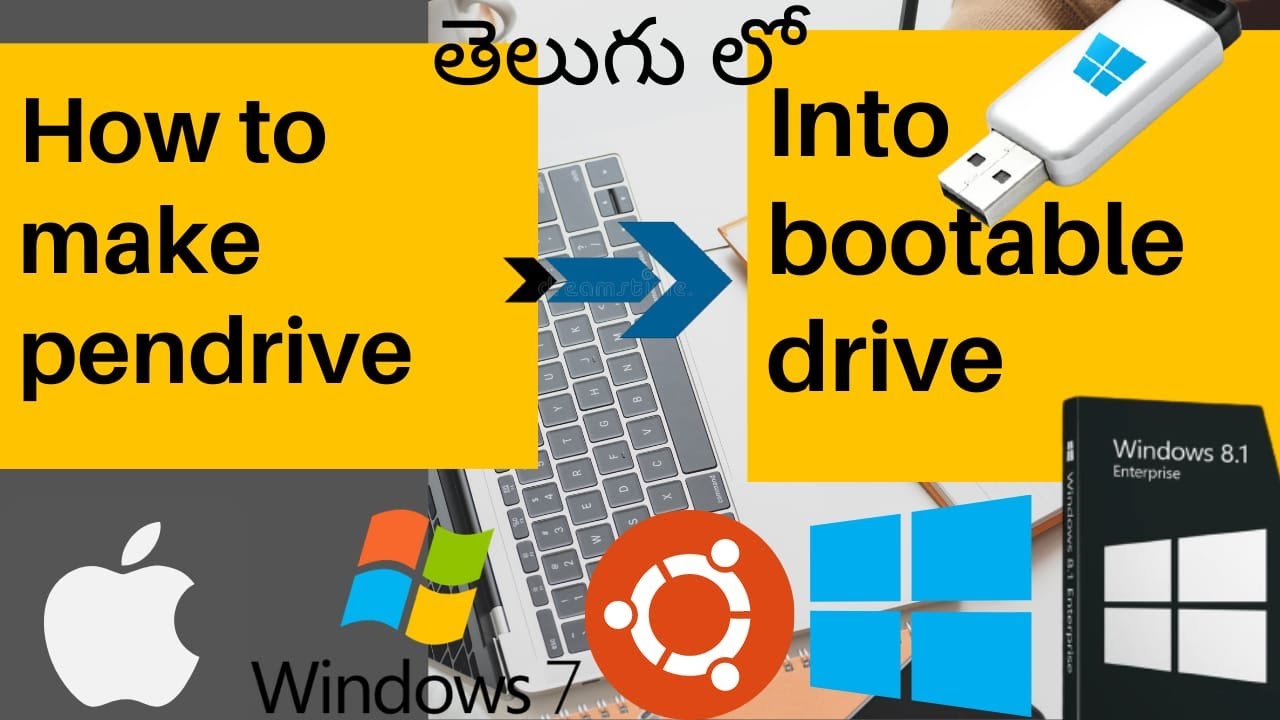

Press “e” in Grub menu and then replace “quiet splash” with “nomodeset”, finally press Ctrl+X to boot Ubuntu. Pay attention to following while installation:Ī, make sure “install 3rd party software” was selected for wireless driver.ī, the two partitions created in step1(disk0d3, disk0d4) here display sda3, sda4.Ĭ, Boot loader should install in sda4(ubuntu root partition) or original loader of MBA be destroyed. At rEFIt menu select booting from USB(try reboot if has a long-playing black screen and try press the “F6” or “e” key while starting up), press F6 select “kernel boot option: nomodeset” and then start installation. Plug USB flash drive into MBA and restart. Sudo dd if=OriginalISO_hybrid.iso of=/dev/sdb bs=1M Insert USB flash drive and check the device name(for example /dev/sdb), run following: tar xvf mkisohybrid_ Then here need a Linux machine(or a Linux virtual machine running on Macbook Air).

Prepare a more than 1GB usb flash drive and make a backup. Create two partitions on Macintosh HD, one 1GB as swap area(Disk0d3) and one for Ubuntu root partition(Disk0d4).ĭownload Mac Disk Imae of rEFIt from here and install it.ĭownload from here. Think a little before an action.Ī, Create two partitions on Macbook Air(following MBA in short) for Ubuntu file system and swap area.ī, Install rEFIt as a boot loader for select booting Mac OS or Ubuntu.ĭ, using mkisohybrid to create Live usb and simulate usb as CDROM.Į, access Ubuntu graphical installation guide via USB.ġ.) Create two partitions for installing Ubuntu. Note: This tutorial is written for someone with both Ubuntu and Mac OS X experience. And this is a installation guide for someone who would like a dual-boot Ubuntu on Macbook Air 3.1 Apple Macbook 3.1 (2010) can install Ubuntu alongside Mac OS using a USB disk, and successfully setting up drivers of video, audio, wireless, multi-touchpad, and so on.


 0 kommentar(er)
0 kommentar(er)
